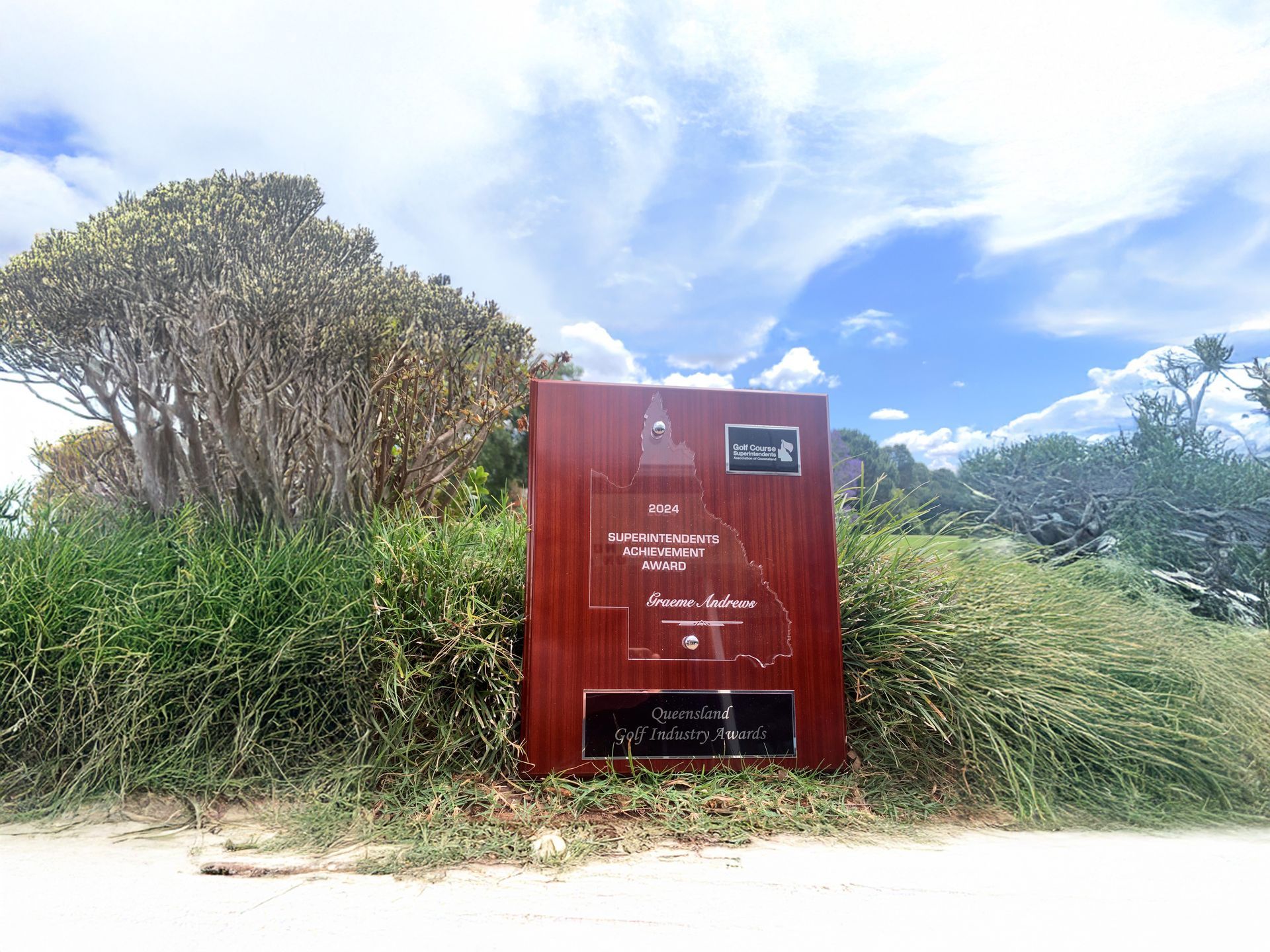Common Swing Plane Flaws (and How to Fix Them)

Mastering your golf swing plane doesn’t have to be complicated. Think of it as your club traveling on an invisible ramp centered on you—a path that keeps your shots consistent, accurate, and powerful. When your swing follows this “plane” snugly from take-away to follow-through, you hit better shots more often.
What Is the Swing Plane? ⛳
Your swing plane is an imaginary tilted surface that guides the club’s path throughout your swing. Ideally, both your backswing and downswing stay close to this plane—matching the shaft’s angle at setup. Deviations (like steep or flat swings) lead to slices, hooks, or mishits.
Why It Matters
Ball Flight Control: A correct plane ensures your club approaches the ball on a predictable path, sending the ball where you intend. Wandering off the plane can push you into slices or hooks.
Solid Contact: Staying on plane helps square the ball with the clubface at impact—crisp strikes and more distance follow .
Common Swing Plane Flaws
Over-the-Top (Steep)
Often results in an out‑to‑in path, slicing or pulling shots
Fix: Start your downswing by letting the club drop behind the plane, not coming over the top.
Under the Plane (Flat)
Leads to in‑to‑out swings, causing hooks or blocks
Fix: Focus on a more upright follow-through, keeping hands inside the plane.
Simple Drills to Stay on Plane
1. Shoulder‑Turn Drill
Place a club across your shoulders and make a slow backswing and follow-through. Feel your shoulders tracking the correct path.
2. Alignment‑Stick Check
Plant an alignment rod at your address angle. Swing parallel to it during practice—your club should mirror this path.
3. Wall Drill
Stand about two feet from a wall. Swing your backswing—if you’re too steep you’ll hit the wall. This reinforces the proper plane.
Build a Practice Routine
Weeks 1–2: Focus on the shoulder‑turn drill (5 minutes daily).
Weeks 3–4: Add the wall drill (10 minutes, 3× per week).
Weeks 5–6: Incorporate the alignment‑stick practice. Then combine all 3 once a week for mastery
The Importance of Setup
Your swing plane begins before you even move. A consistent setup—posture, spine tilt, grip—dictates the entire swing path.
One‑Plane Swing: More bend at the hips (about 35°), strong spine angle.
Two‑Plane Swing: More upright posture with hands slightly over the ball.
Mind + Body = Better Swings
Rhythm & Tempo: Treat your swing like a dance—smooth, consistent flow through backswing and downswing.
Visualization: Before each shot, breathe deeply, picture the plane, and trust your swing.
When to Seek a Coach
Sometimes the fastest progress comes with expert eyes. A coach can pinpoint subtle flaws and offer personalized drills well beyond what you’d see on your own.
In Summary
- Define the swing plane as the club’s invisible guide from setup through follow-through.
- Stay on it using posture, drills, and consistent rhythm.
- Fix common mistakes with specific practice methods.
- Set a routine to lock in lasting improvement.
- Consider coaching for faster, tailored results.
Stick with it, and you'll see more solid strikes, straighter ball flight, and lower scores. Master the plane—and you’ll master much of your game.










